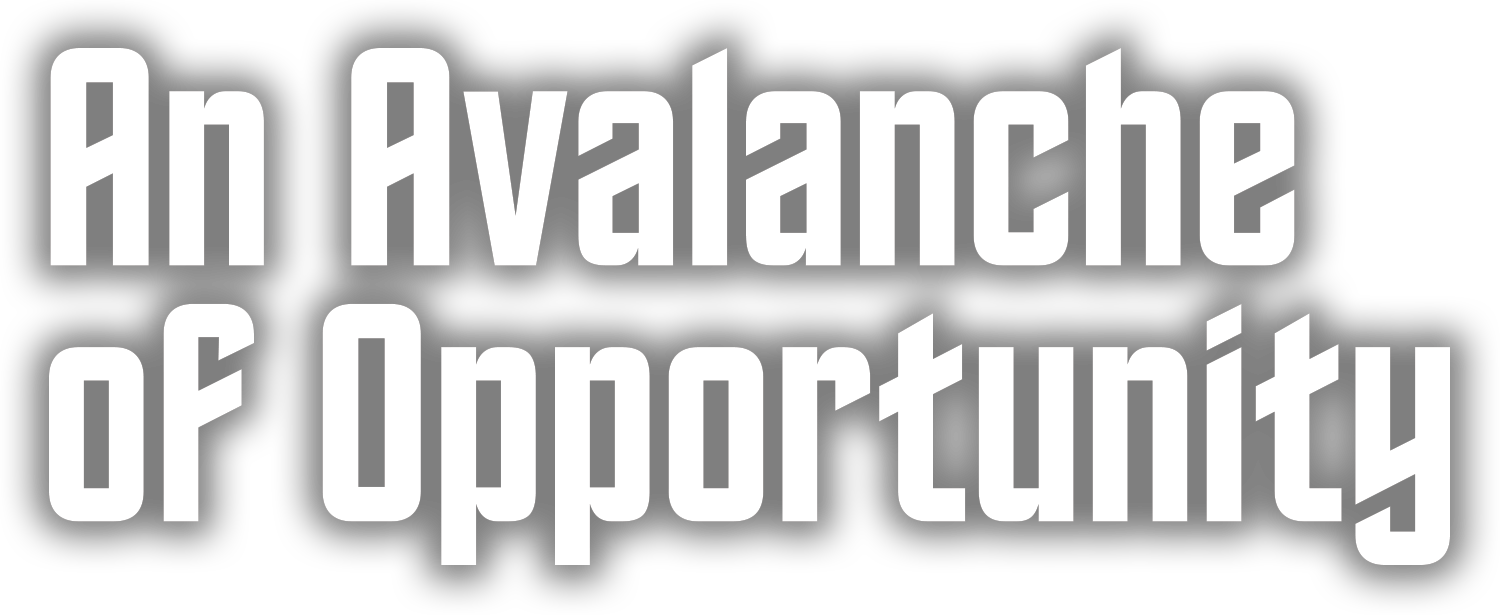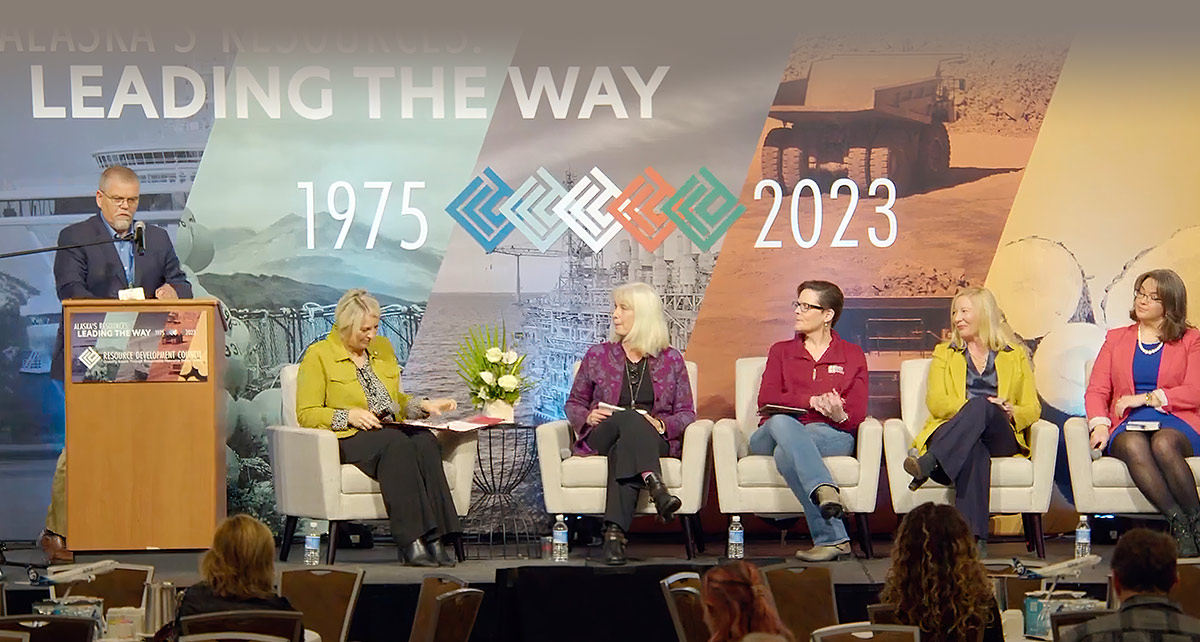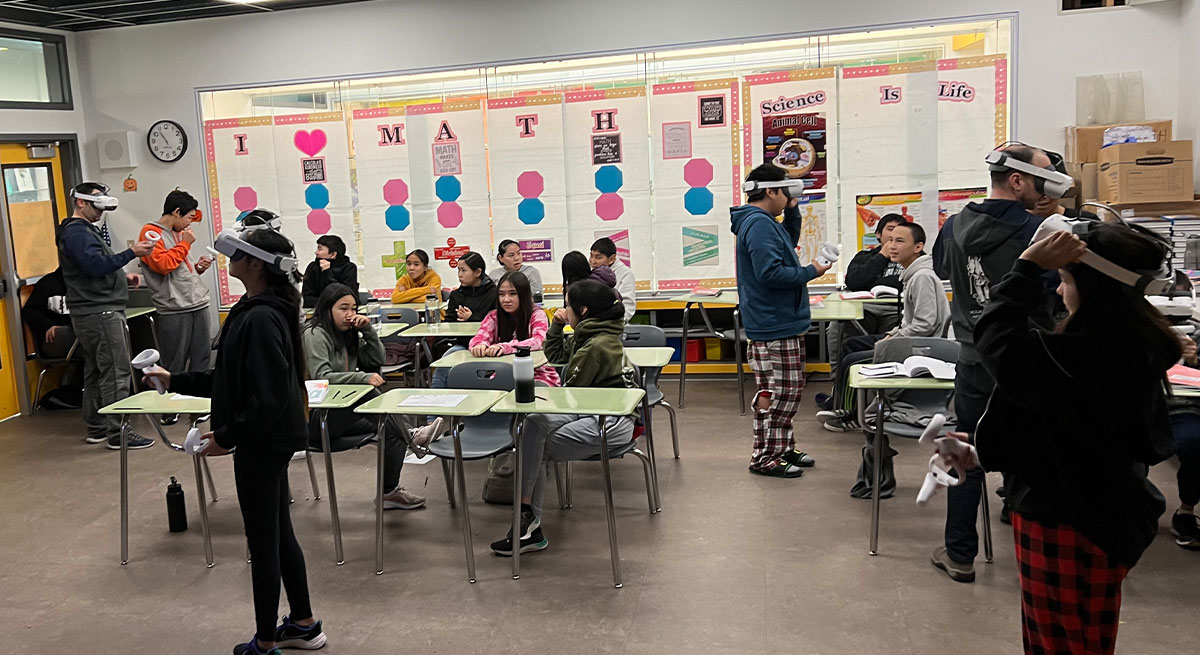




laska has close to $5.7 billion worth of infrastructure projects in the pipeline, but right now the state lacks the workers to carry them out.
By now, it’s a familiar refrain: over the past ten years, the number of Alaska residents between the ages of 18 to 64 has shrunk by 30,000, according to statistics from Alaska Department of Labor and Workforce Development, or DOL&WD.
In 2022, Alaskans over age 60 (147,504 residents) represented more than 20 percent of the state’s total population of 736,556, reports the Alaska Commission on Aging. Retirees continue to quit the workforce, leaving holes in companies that could be filled by younger workers—but only if they are trained, and quickly.
In the January issue of Alaska Economic Trends, a publication of DOL&WD, economist Karinne Wiebold reports, “Most post-pandemic recovery is behind us. Unlike the last few years’ growth, which came from parts of the economy normalizing after COVID disruptions, big projects will be this year’s major catalyst. Federal infrastructure projects will start to materialize in 2024….”
“Forecasts show we are on track to add thousands more jobs, mostly from major projects, in the next few years,” US Senator Lisa Murkowski said in her annual address to the Alaska Legislature February 15.
“Everything I’ve mentioned requires workers, and we’re at eleven straight years and counting with a net loss of working-age Alaskans,” Murkowski said. “Quality of life is everything, but inflation has made everything cost more; high interest rates add insult to injury and we’re behind on housing, childcare, and education.”
DOL&WD Commissioner Cathy Muñoz says she has a multi-pronged approach to attracting the next generation of workers.
“Youth is our greatest resource,” she says. She advocates for career awareness in high schools and even younger. She says Governor Mike Dunleavy added $5 million for “Marketing Alaska” as a place of business opportunity in the 2023 budget. She would like to see that expanded to include marketing to prospective workers.
Muñoz says the Alaska Department of Labor launched a social media campaign from April to fall 2023 that increased training participation by 35 percent.
There’s a concerted push to interest even younger Alaskans, says the Denali Commission’s Director of Programs Jocelyn Fenton, through the Alaska Resource Education’s K-12 Science, Technology, Engineering and Math, or STEM, Education and Outreach Program.
“Our very active Workforce Development Program focuses on in-state skills building, especially to meet the needs of infrastructure development and broadband construction,” says Fenton.
“We have twenty-four active ‘Workforce Development’ projects and a few pending. That number may not be entirely accurate since some other program areas (like energy) also include job training, such as power plant operator training, bulk fuel farm operator training, and a DOE-sponsored Energy Ambassador program,” she says, referring to the federal Department of Energy.
Other demographic groups want to come to Alaska to work and set down roots, says Muñoz.
“We welcome legal refugees and migrants with visas who want to come to Alaska to work, and there’s lots who do from Ukraine,” she says.

“Our FY24 workplan attributes $1.9 million to workforce and economic development activities,” Fenton says. “If we receive an appropriation for FY24, over half of this funding will be competitively awarded through the FY24 Funding Opportunity Announcement listed on grants.gov. And $600,000 of the remaining funding will go to the bulk fuel operator training as required by the funding source, the Trans-Alaska Pipeline Liability Fund.”
Stakes are high for the state, says Shareen Crosby, infrastructure investment coordinator within the Office of the Governor and moderator of the forum.
The second quarter of 2024 will reveal whether her department receives $5 million from the Creating Helpful Incentives to Produce Semiconductors, or CHIPS, and Science Act of 2022. One portion of the act is administered through the US Department of Commerce’s Economic Development Administration and benefits economically distressed communities in areas where prime-age employment of 25 to 54 years significantly trails the national average.
Executive Director Cari-Ann Carty of the nonprofit Alaska Safety Alliance, which provides “safe, trained and ready Alaska workers” for careers across a spectrum of Alaska’s industries, hopes the training will keep young adults here and lure back those who have left.
Lori Davey, Alaska manager of Bedrock Petroleum Consultants, also looks to advance the number of women in the trades.
“For women in industry, for example, only 10 percent are engineers,” she said at the forum. “We need to attract people who are underrepresented in that field.”
Davey talked about finding transferable skills and noted that Norway was having a hard time finding data analysts and turned to high school math teachers who were convinced to move over to the engineering field, lured by larger paychecks.
Covey Academy, built in 2022, is a state-of-the-art facility featuring cutting edge simulators and technology to give students real-world experience in fields like aviation, heavy machinery operation, commercial driving, and more. Covey Academy offers nineteen micro-unit apartments available for youth participating in vocational training. All services are free to the students.

“As youth discover exciting options, Covey Academy and our partners prepare them for success through follow-on credentialed job training programs, internships, interview coaching, and placement assistance,” she says.
Residents of the Yukon/Kuskokwim Delta can take part in training for welding, basic construction, and the construction superintendent certification program in its state-of-the-art vocational campus.
According to a 2021 Technical and Vocational Education Program Report by the DOL&WD, four students received certificates in construction labor programs and planned to return to continue their education.
Even with the pandemic limiting in-person courses, staff traveled to Savoonga, Shaktoolik, Shishmaref, Stebbins, St. Michael, Unalakleet, and Teller to deliver career and technical training.
The Northwestern Alaska Career and Technical Center, or NACTEC, is a joint venture between the Nome Public Schools and the Bering Strait School District, created the regional vocational training center located in Nome.
NACTEC focuses primarily on high school students, providing skills for employment opportunities, helping with independent living skills and encouraging them to pursue post-secondary education. The program offers more than twenty-five courses, some through distance learning, for everything from commercial driver training and heavy equipment operating to welding, construction certifications, and automotive maintenance.
From bridges to roads statewide, Alaska will see projects needing a wide range of workers with skills, and the drive to prepare has already begun.